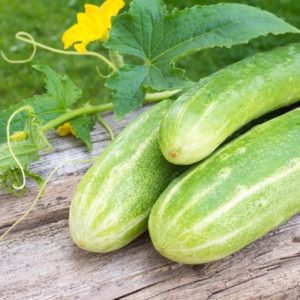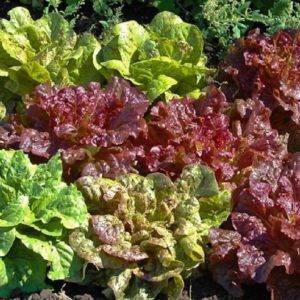As the home to one of the Internet’s biggest selections of vegetable seeds, we here at Eden Brothers have been around quite a few vegetable gardens. There are some years where everything we touch with our green thumb flourishes, and there are years where the harvest would barely be enough to feed a rabbit. Starting out, we learned the hard way that, just because we wanted to grow it to eat didn’t mean we actually could. What this means is that there are optimal vegetables and plants for different climates and regions around the country. In addition to climate, there are a variety of other questions that each gardener needs to answer prior to turning that first shovel full of soil to ensure that each and every year, your garden exceeds your expectations.
Questions to Answer Before Buying Vegetable Seeds
Where Do You Live?
This is an oft-overlooked starting point for gardeners across the country. Our USDA Plant Hardiness Zone Map, can help direct you to the right types of seeds to start with, depending on the time of the year. For those who live in areas north of zone 8, the growing seasons will be dependent on first and last frost dates. By starting seeds indoors, gardeners can give their vegetable and herb seeds a head start once the temperatures and soil reaches the optimal condition for their growing zone.
What Do You Want to Eat?
Once you’ve determined your growing zone, it’s time to dive in and figure out what type of seeds you’ll need to get your garden started. Get started by writing a list of all the plants you’d like in your garden, then begin separating them into lists of “can do” and “no can do” seeds. If you’re looking to both eat fresh vegetables as well as preserving some of your harvest, be sure to look for specific varieties that are good for pickling, canning, or freezing for later use.
How Much Room Do You Have?
Each type of vegetable that is planted in your garden will require a different amount of space to grow. Depending on the answer to the previous question, and factoring in how many people you’ll be looking to feed from produces grown in your garden, you’ll be able to determine a baseline for the size of your garden. Not everyone has the ability to spread out over a half an acre of land, so understanding how to make the most of small space is key for urban and suburban home gardeners.
Two tactics to become familiar with are double digging and crop rotation. Double digging is a technique that turns the soil in your garden beds to twice as deep as your crops will need. Having loose, nutrient-rich soil will encourage crops to grow deeper into the garden bed verses spreading out on the surface of the soil, allowing up to two-times as many plants in one space. Crop rotation involves using different types of vegetables, in different parts of your garden, each year to help keep soil healthy. By separating your crops into legumes, roots, fruits, and leaves, you’ll be able to determine the best locations for them year after year, based on which category occupied the space in the years prior.

What Kind of Conditions Does the Garden Receive?
Before tossing all of those vegetable seeds into the ground, it’s important to consider the conditions that your garden will receive throughout the year, and especially during your intended growing seasons. The amount of sunlight received throughout the day is arguably the most important factor in a successful vegetable garden. Most crops rely on receiving at least eight hours of full sun to reach their full size and production capacity. If your garden is in the open, consider a hedge or fence nearby to help reduce the effects of the wind on your crops. Lastly, if trees surround the space near your garden, be sure to keep an eye out for limbs that may be ready to fall. There are few things more devastating than losing dozens of plants to a broken tree branch!
What Time of Year is It?
Somewhat similar to the first point, a home gardener needs to always be aware of how much time is left in the growing season in their area, especially when working with vegetable seeds. Vegetables tend to range from hardy, those who can tolerate temperatures below freezing, to extremely tender, which are vegetables that need to remain in temperatures above 65 degrees. Depending on your USDA growing zone and what you are planning to grow in the garden, you’ll be able to plan out a growing calendar in the wintertime so that as the last frost nears, you’ll be armed and ready to turn that patch of dirt into your own personal produce stand!
